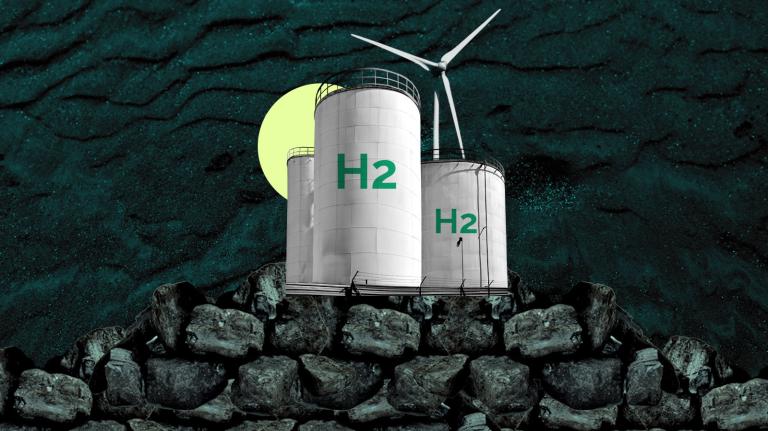The world is one step closer to producing clean energy using the same extremely powerful reaction that produces energy in the sun’s core. Scientists at the Lawrence Livermore National Laboratory have achieved the first-ever net energy gain, or “ignition,” in a nuclear fusion reaction produced in a lab.
“We have taken the first tentative steps towards a clean energy source that could revolutionize the world,” said Under Secretary for Nuclear Security and National Nuclear Security Administration Administrator Jill Hruby in a press conference Tuesday.
The announcement represents a significant scientific achievement. Nuclear fusion — when two lighter nuclei combine to form a single nucleus, releasing a large burst of energy — is a prospect that has both tantalized and eluded scientists for decades. Although it is still a long way off, commercial energy produced from this kind of controlled reaction could represent a near-limitless form of clean energy around the clock.
“Ignition is a first step,” said Lawrence Livermore National Laboratory director Dr. Kim Budil after being greeted by applause, “and I cannot wait to see where it takes us.”
Created by the United States government in the 1950s, the Lawrence Livermore National Laboratory has been studying nuclear technology since the height of the Cold War. In 2009, the lab completed construction on the National Ignition Facility, which aims to explore “clean, sustainable sources of energy.” The facility began looking into what is known as inertial confinement fusion, which uses a laser to repeatedly hit a spec of hydrogen plasma.
At the moment, this form of fusion experiment takes up a lot of space: The National Ignition Facility is the size of three football fields. This is one reason why the technology would still take years to commercialize.
According to David Hammer, a Cornell University professor who has been studying nuclear fusion for roughly 50 years, a successful net energy gain based on inertial confinement fusion means the lab has realized its core mission. “The goal was to do essentially what they have just done,” he said, adding this approach is one of a few leading methods to producing nuclear fusion.
Nuclear fusion is a process that releases, in the words of the International Atomic Energy Agency, “massive amounts of energy.” It’s hard to understate the promise nuclear fusion holds: It has the potential to produce nearly four million times more energy than traditional fossil fuel resources like gas, coal and oil. It uses an abundant element, emits zero greenhouse gases, and, unlike nuclear fission, does not produce long-lived radioactive waste.
Efforts to successfully create a net gain nuclear fusion reaction have spanned the public and private sectors. According to a 2022 survey conducted by the Fusion Industry Association, more than 30 companies are working on developing nuclear fusion technology, representing over $4.8 billion in funding.
But a net gain in energy is just a first step. Next, researchers will need to make sure the reaction can successfully be replicated, Hammer said. “Then it means that it is possible to improve upon the accomplishment — make it so they can do it regularly, repeatedly, reproducibly.”
* This article was updated on Dec. 13, 2022, following a press conference from the Department of Energy.




